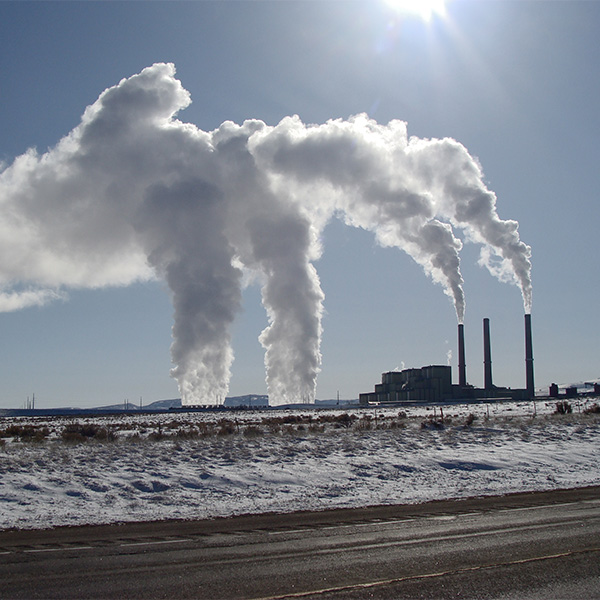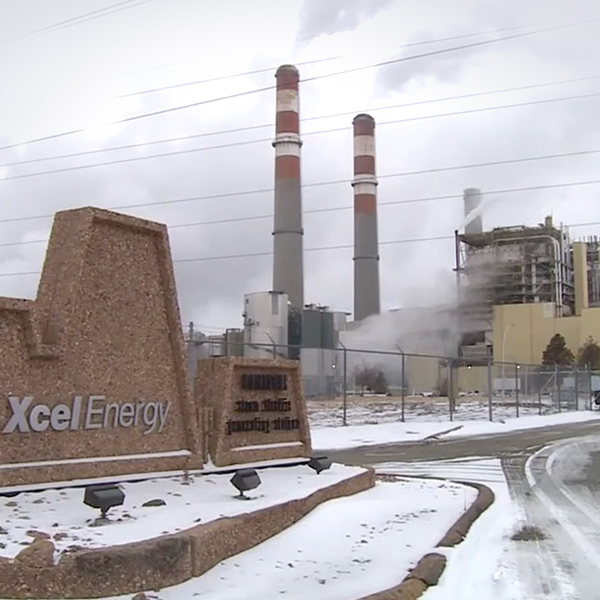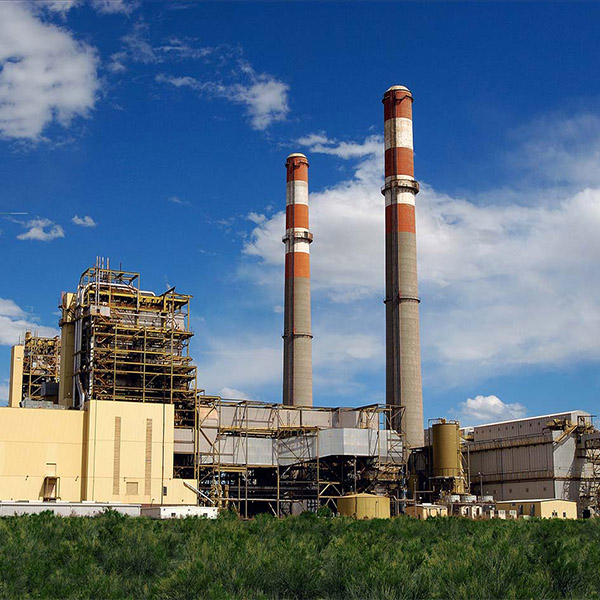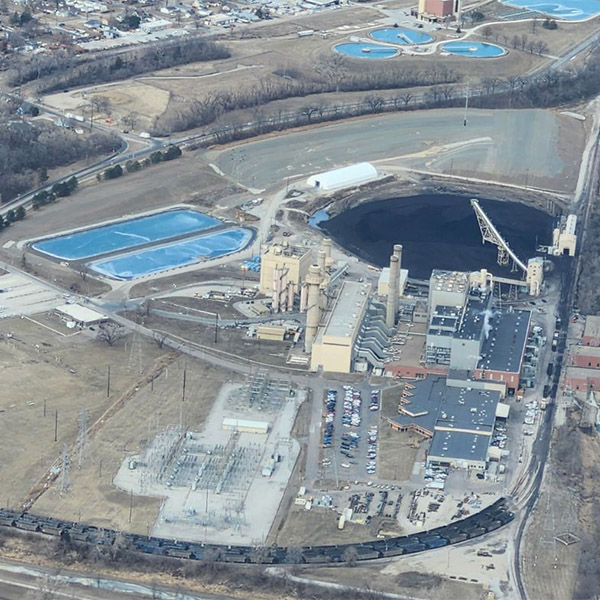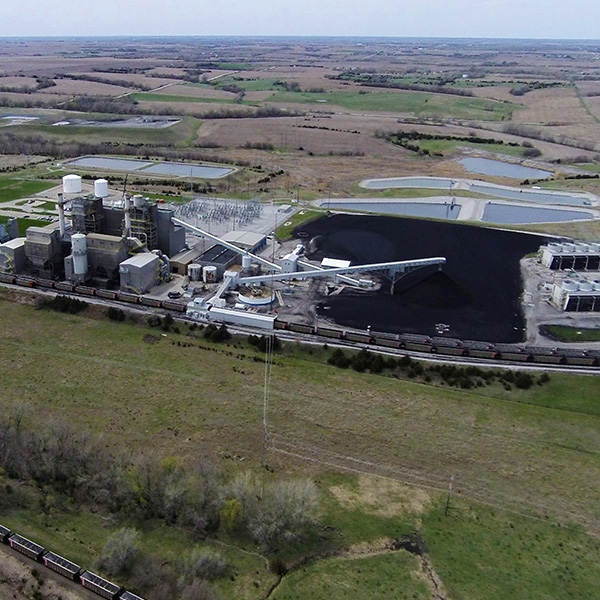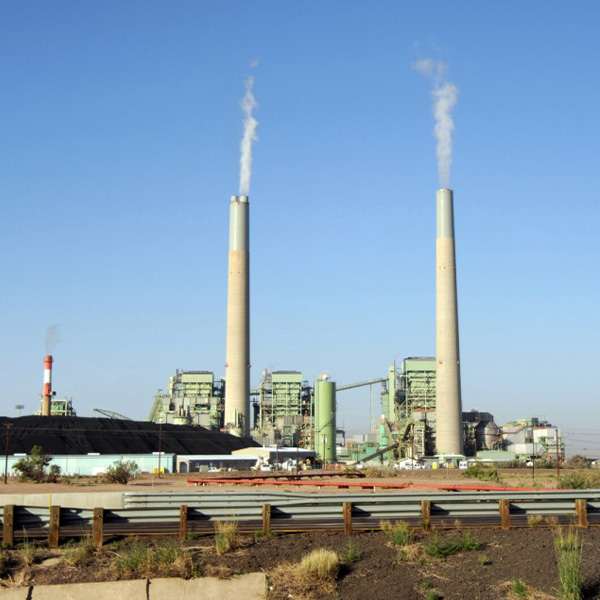coal plant retirements
DOE has ordered a non-operational 427-MW coal-fired generator in Colorado to be repaired and remain available for 90 days.
After a long decline in the U.S., coal-fired generation is enjoying strong policy support in the second Trump administration.
Citing an energy “emergency” in the Northwest this winter, DOE ordered TransAlta to continue operating Washington’s last coal-fired generating plant for three months beyond its scheduled retirement at the end of this year.
The Colorado Public Utilities Commission granted a one-year extension to Unit 2 of the coal-fired Comanche power plant, as uncertainty lingers about the fate of outage-plagued Unit 3.
Public Service Company of Colorado and the Polis administration want to keep Unit 2 of the coal-fired Comanche Generating Station running a year longer than planned.
Nebraska’s attorney general is suing the state’s largest electric utility in an attempt to block partial retirement of an aging coal- and gas-fired power plant.
Three cabinet-level agencies announced coordinated policies that are meant to improve coal's position in the energy system by improving power plants, cutting environmental regulations and increasing mining of the fuel.
A Grid Strategies report concludes that if the Department of Energy continues to supersede retirement decisions for fossil-fueled power plants, it could cost consumers an extra $3 billion annually in a little more than three years.
The Edison Electric Institute’s annual conference and thought leadership forum featured numerous discussions on the industry's ability to meet the explosive demand without sacrificing reliability and affordability.
APS officials said they are looking to a non-coal future for the recently closed Cholla coal-fired power plant, despite President Donald Trump’s calls to keep the facility running.
Want more? Advanced Search
